Thomas Tuchel's inspiration sparks Borussia Dortmund's revival

Through the first five matches of the Bundesliga season, Borussia Dortmund held the best record in the league, having scored more goals than even Bayern Munich. That streak ended with two straight draws, but it doesn’t take away from BVB’s impressive resurgence under 42-year-old new manager Thomas Tuchel.
Tuchel studied under Pep Guardiola during his own sabbatical after resigning from Mainz in 2014, and on Sunday, they go head-to-head in their first Klassiker. Tuchel based his style of play at Dortmund on the same system Guardiola has used since his days at Barcelona.
The results so far have been impressive for both Dortmund and Bayern in the Bundesliga. Their game model of positional play (translated from the Spanish juego de posición) makes them unique in a league dominated by pressing and counterattacking teams.
Positional play focuses on generating numerical superiority through set patterns of movement, proper spacing and connections among attackers and an emphasis on ball retention and circulation. It’s a broad way of describing a choreographed system of play that every coach tweaks to his needs.
Champions League: Ronaldo's 500th goal; Manchester clubs come back
The most obvious example in the modern game remains Guardiola’s Barça, but his Bayern, Louis van Gaal’s Manchester United and Eddie Howe’s Bournemouth also seem influenced by the philosophy.
It’s not easy to train, as it requires a coach with precise vision and an ability to translate philosophy into an effective training methodology.
For many, including Guardiola and Tuchel, this leads to the wild gesticulation and constant instruction captured when television cameras pan to them on the touchline. Guardiola even had one of the fields at Bayern’s Säbener Straße headquarters painted with extra lines to bring his philosophy off the page and onto the pitch.
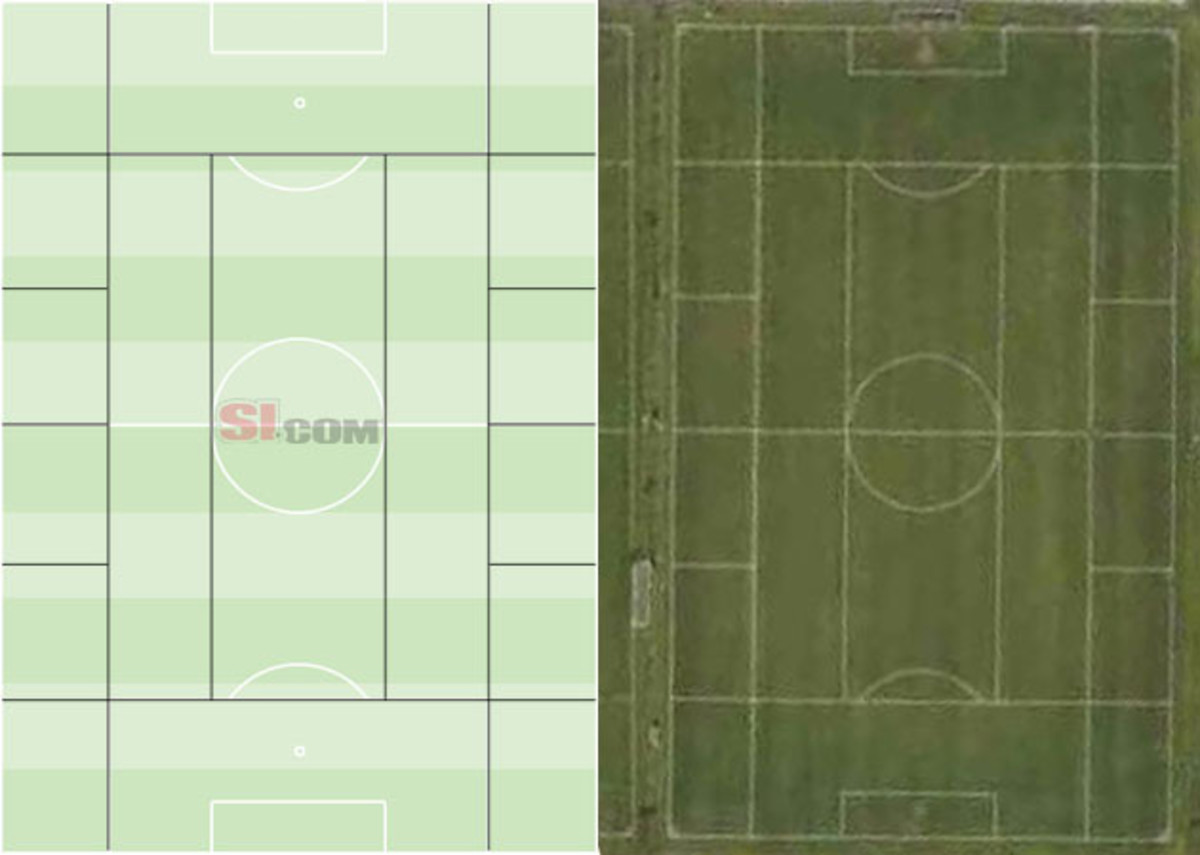
The lines illuminate the basic tenets of juego de posición: the team’s positional structure must be maintained everywhere on the field through pre-meditated patterns. For example, the wingers and fullbacks rarely find themselves in the same vertical channel.
This way of drawing the pitch also emphasizes the half-spaces, the areas just off-center but inside the flanks coveted in modern tactical theory. The half-spaces are more difficult to defend because they offer a full 360-degree range of options for a player on the ball as opposed to 180 degrees from the flanks.
Analysts and coaches often talk about playing between defensive lines vertically, such as a false 9 receiving between the opposition defenders and midfielders, but teams that utilize the half-spaces effectively can also play between the lines horizontally, such as between the central defenders and fullbacks.

Under Tuchel, BVB uses the half-spaces as well as any club among Europe’s elite. Julian Weigl and İlkay Gündoğan initiate build-ups with their positional sense in central midfield, stabilizing a team shape that was often chaotic and too stretched last season.
Champions League: Lewandowski on fire; Chelsea, Arsenal on notice
Weigl, who turned 20 on Sept. 8 and whose attributes resemble Sergio Busquets, has quickly established himself as one of Europe’s best No. 6s in development since signing over the summer from an 1860 Munich club he captained briefly as an 18-year-old. At BVB, he drops deep to maintain balance in case of a loss of possession, while Gündoğan opens toward the right flank between center back and right back, advancing alongside playmaker Shinji Kagawa at the right moments.
BVB plays a 4-3-3-based system that fluctuates between 4-1-4-1 and 4-2-3-1, but due to its dynamic rotation in midfield, Dortmund is a prime example of why getting caught up in formations is largely pointless. Weigl anchors the midfield, and BVB’s wingers often change sides or cut inside to overload the middle in possession.
Attacks focus mainly on the left side, toward Weigl, Kagawa and Henrikh Mkhitaryan.

On the first goal against Borussia Mönchengladbach in a season-opening 4-0 win, Dortmund circulated possession from right to left across the back before Mats Hummels, Kagawa and Marco Reus executed a one-touch combination through the defense. A similar effort resulted in the second goal, with Pierre-Emerick Aubameyang heading home a cross.
It looks innocuous as the ball moves around the back, but BVB quickly and efficiently finds openings to play vertically. Hummels’ passing in particular has been impressive, as he advances into the left-side half-space to initiate combinations.

He is in the top six of BVB’s passing accuracy in Bundesliga matches, despite his deeper position dictating a longer average pass length than any other field player among the best. Defensive partner Sokratis Papastathopoulos is also on the list, but he generally looks for lower-risk passes to keep the ball moving or gives it to Hummels to step into the attack.
Weigl leads the way with 91 percent success on his nearly 600 passes, and Kagawa has created 16 goalscoring opportunities compared to eight after seven matches last year. Impressively, goalkeeper Roman Bürki is No. 5, the new signing’s pass completion another personification of Tuchel’s rejuvenation of the team’s system.
Aubameyang was tied for first at this point last season with eight goalscoring opportunities created, but his new responsibilities are focused more inside the penalty area. His ongoing streak of scoring in seven straight games to start the season is a Bundesliga record.
BVB prefers central combinations, reserving play down the wings for attempts to open space in the center of the pitch or for cutback crosses from near the endline (the most dangerous type of cross).
Dortmund can also play wide in an attempt to overload one side of the field and isolate the other. The positional structure allows for combinations through the overload or a switch to expose opponents one-on-one.
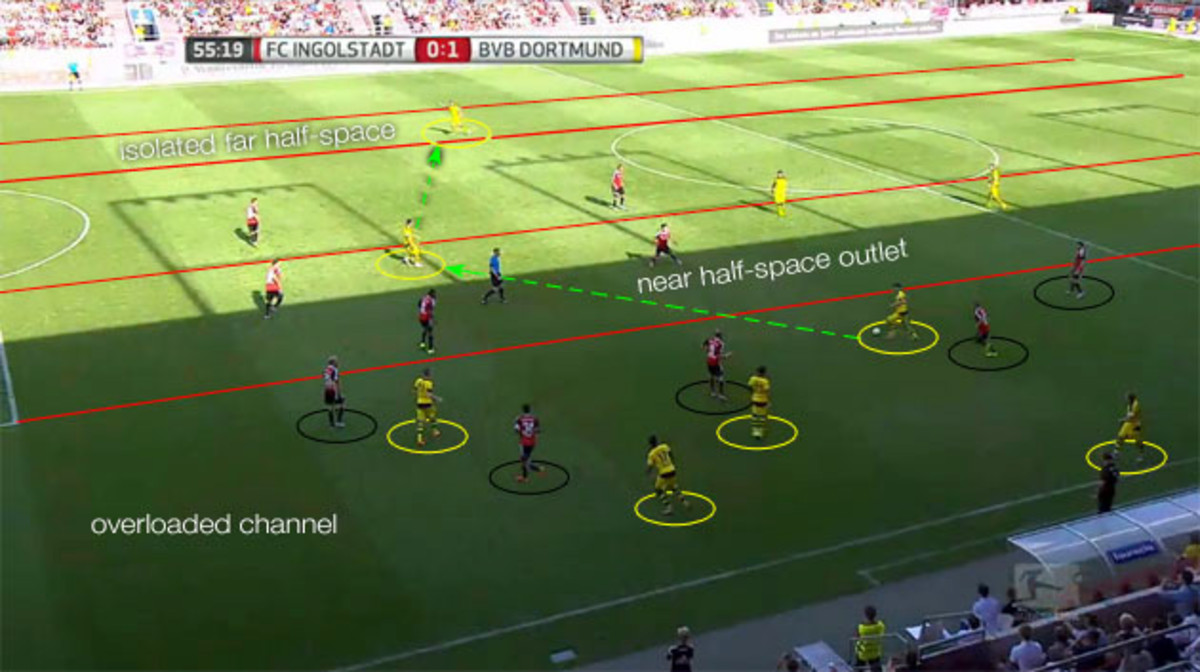
As Dortmund overloads the left half-space or wide channel, right back Matthias Ginter stays wide on the weak side. Often, Gündoğan also hangs closer to the middle while Weigl joins the attack, both for defensive cover and to provide an outlet to change the point of attack.
The opposition must shift to account for all the attacking players in the same space, leaving Ginter free for quick attacks. A simple switch through the middle can expose multiple yards of free space in the opposite half-space, such as on Ginter’s goal against Ingolstadt.
Insider Notes: MLS future for Giovinco, Miazga; Mailbag on USMNT, Messi
Dortmund also maintains its ability to play direct and on the counterattack cultivated under Jürgen Klopp, depending on the opponent and its defensive tendencies.
Even in combination play, such as on the first goal against Gladbach, the focus is immediate verticality whenever possible via calculated ball circulation and proper positional structure.
However, a shift away from overreliance on individual brilliance and toward a more balanced system hasn’t stifled the team’s German roots. Dortmund made its reputation on going forward in a hurry, especially with Aubameyang running behind defenses, and that threat hasn’t subsided under Tuchel.
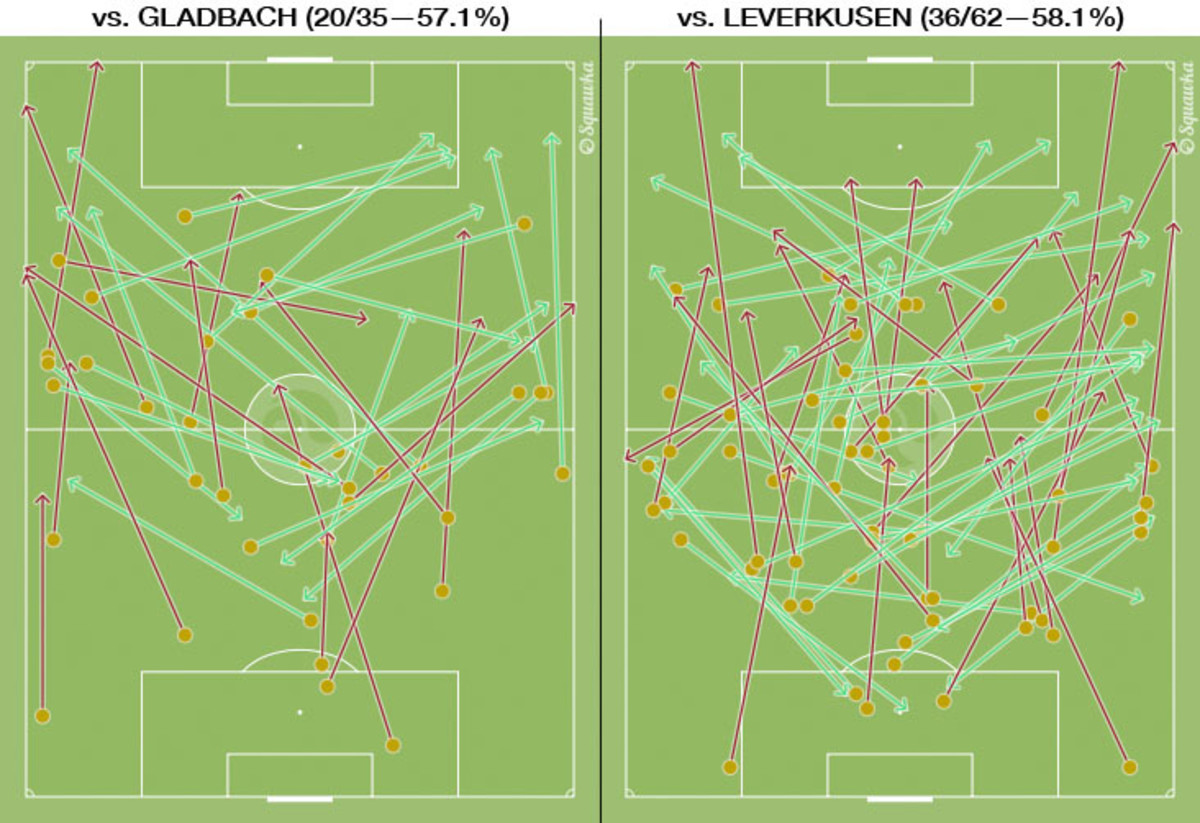
BVB’s trademark counterattack remains most obvious against high-pressing teams such as Bayer Leverkusen than against compact defenses such as Gladbach. By halftime in the recent 3-0 win over Leverkusen, BVB already attempted more long balls than in the entirety of the Matchday 1 humiliation of Gladbach. The first goal in that game came on Kagawa’s piercing diagonal ball to Jonas Hofmann, starting in Reus’ place.
Klopp’s affinity for a high-pressing system also remains, tweaked for increased efficiency. BVB’s new system lends itself well to counterpressing (or gegenpressing in German), which aims to turn transition moments from attack to defense into an advantage by pouncing on opponents who aren’t properly structured to retain possession out of the back.

Kagawa often joins Aubameyang in the highest defensive line, particularly against a back four with two central defenders to mark. Against a back three, both wingers could advance alongside the target man to maintain a high line of confrontation.
Klopp instilled a ball-oriented counterpress similar to Roger Schmidt’s at Leverkusen, in which players pressure the ball without as much concern for team shape. Tuchel’s system emphasizes more man- or space-oriented pressing to reduce passing options in each player’s individual area of responsibility.
Opponents have trouble passing through the first line of pressure, such as on Dortmund’s third goal against Leverkusen, which came immediately after losing the ball on the right flank. The attacking overloads give a simple starting point to ensure numbers-up situations, while an organized back six provides support to win knockdowns off long clearances.
Traditionally, German teams value efficiency and getting to goal as quickly as possible. Bundesliga teams remain deadly on the counterattack in the modern game, but their build-up schemes can be crude and impatient. Tuchel’s work so far at Dortmund has been more tactical evolution than outright revolution, much like Guardiola’s work at Bayern over the past two years.
Possession as a philosophy is too commonly espoused and over-analyzed, especially among English-speaking observers and media. Instead, it’s helpful to think of having—or not having—the ball as simply a method to control and dominate a match rather than an end goal in itself.
The best teams use possession as an organizational framework, not a bonus trinket on statistical graphics. The notion of tiki-taka took on an air of reverence in Guardiola’s days at Barcelona, but in Spain, it’s a derogatory term for a style of play that has no purpose.
Possession is meant to break opposition defensive lines and create goalscoring opportunities, not while away 90 minutes by passing the ball from left to right, through the central defenders and back again.
The influx of positional-play philosophies in the Bundesliga has created a new style that melds aspects of Spanish possession play and the physical, hardworking attributes of German pressing. Once again, the game is changing as managers with the tactical nous to carry football forward challenge old notions and combat the status quo.
GALLERY: Bayern Munich at Oktoberfest
Bayern Munich at Oktoberfest
Bayern Munich
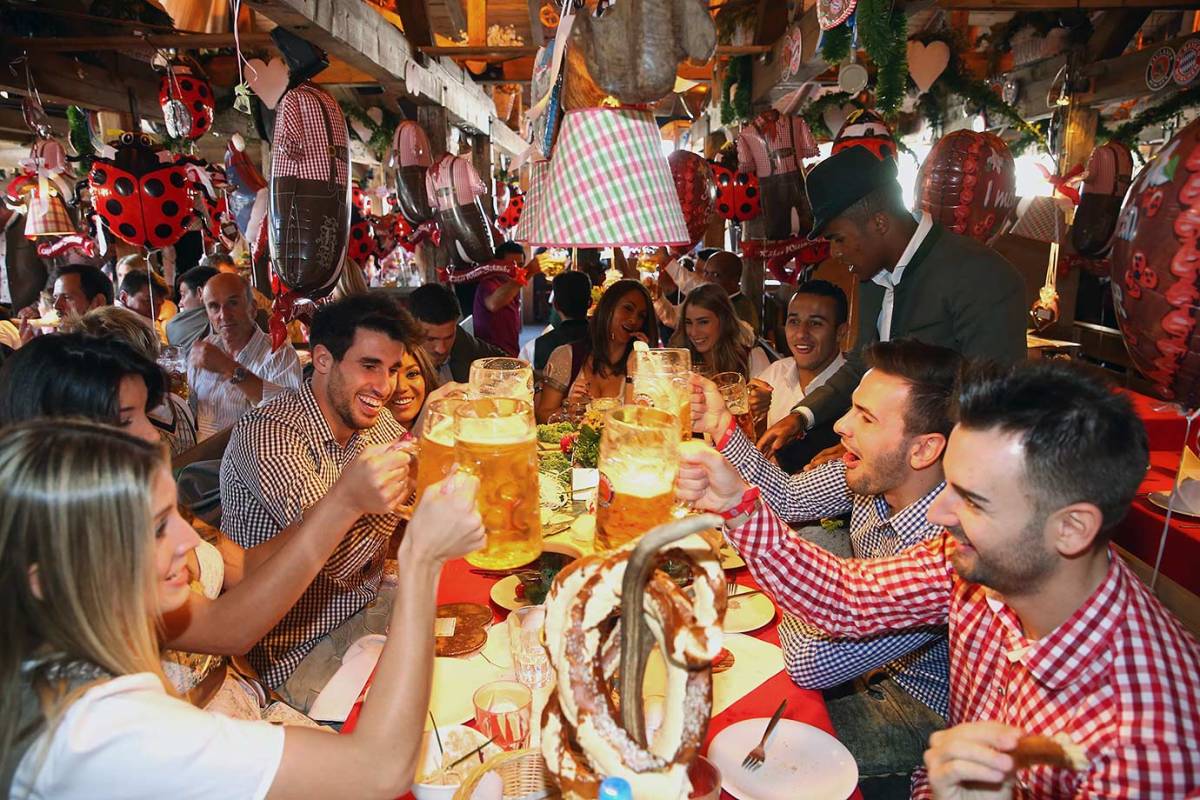
Pep Guardiola and wife Cristina
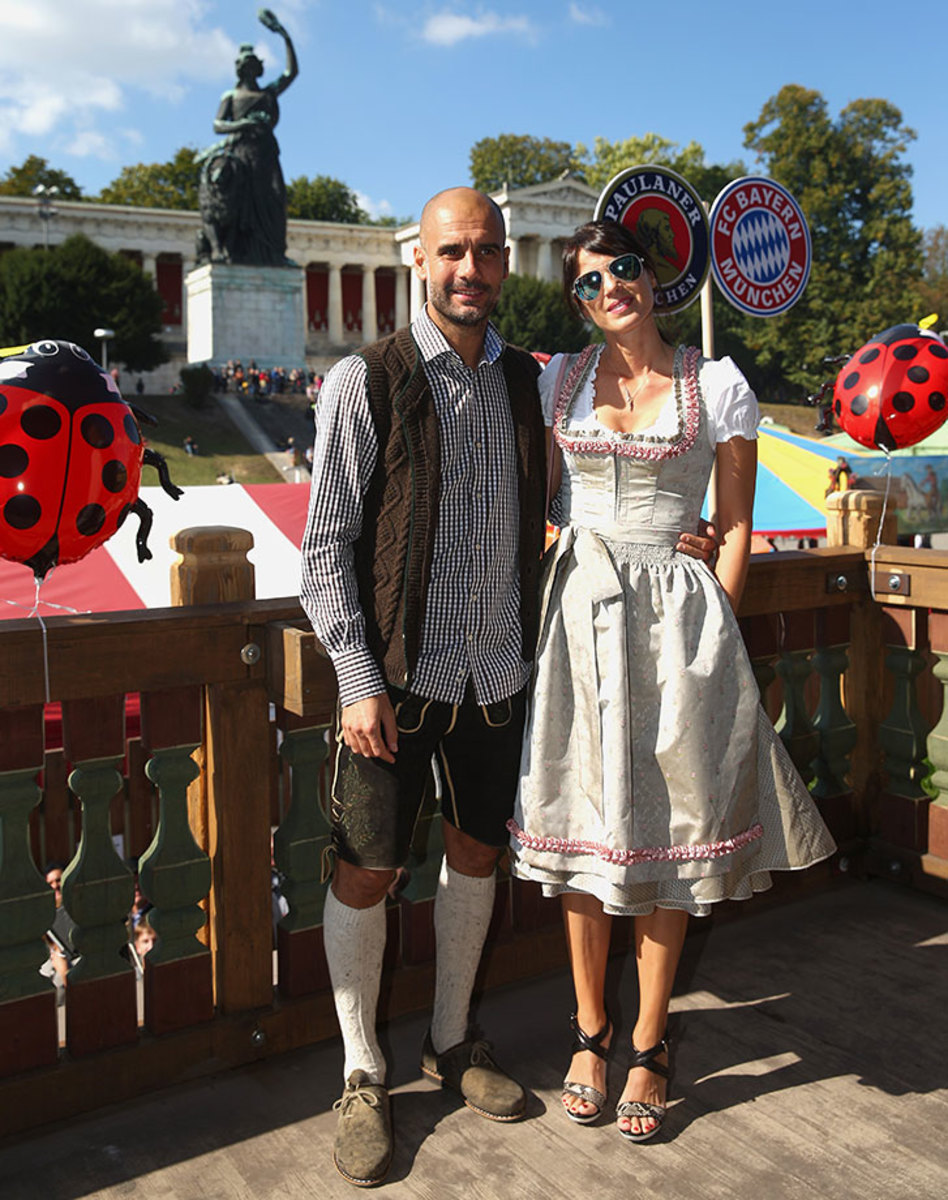
Pep Guardiola and wife Cristina
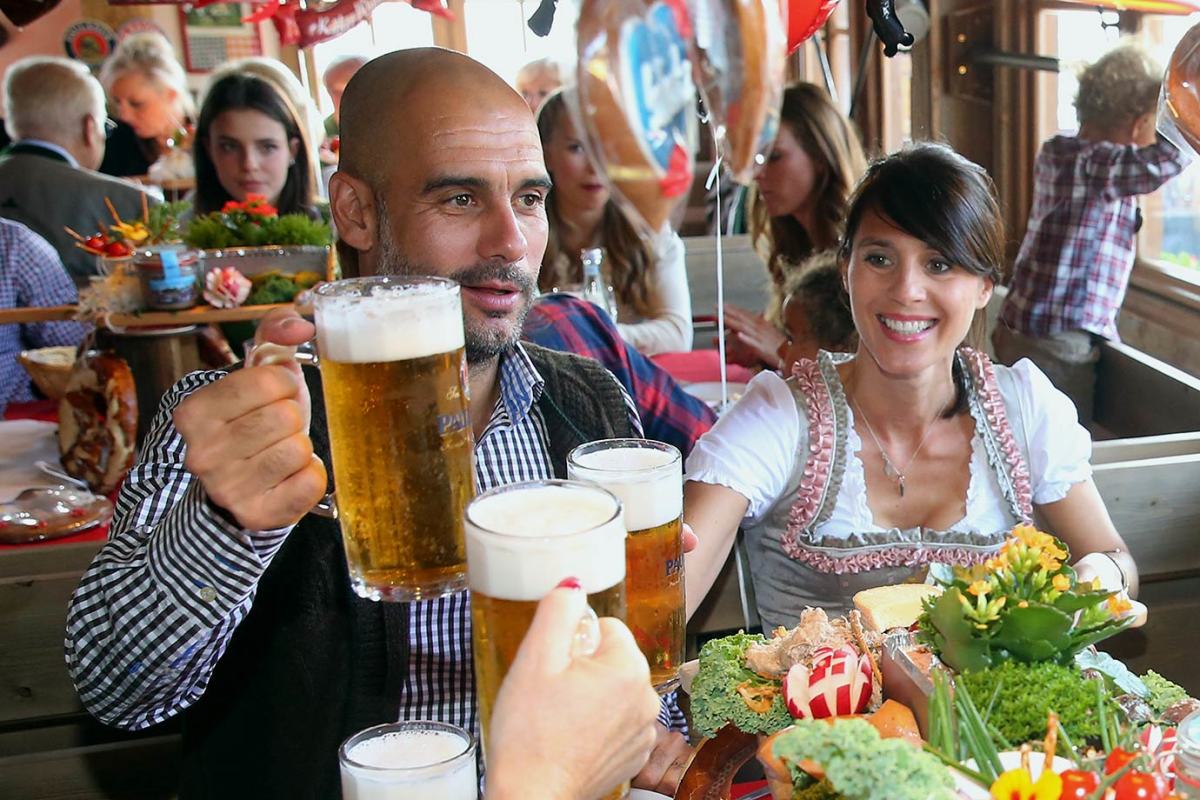
Robert Lewandowski and wife Anna
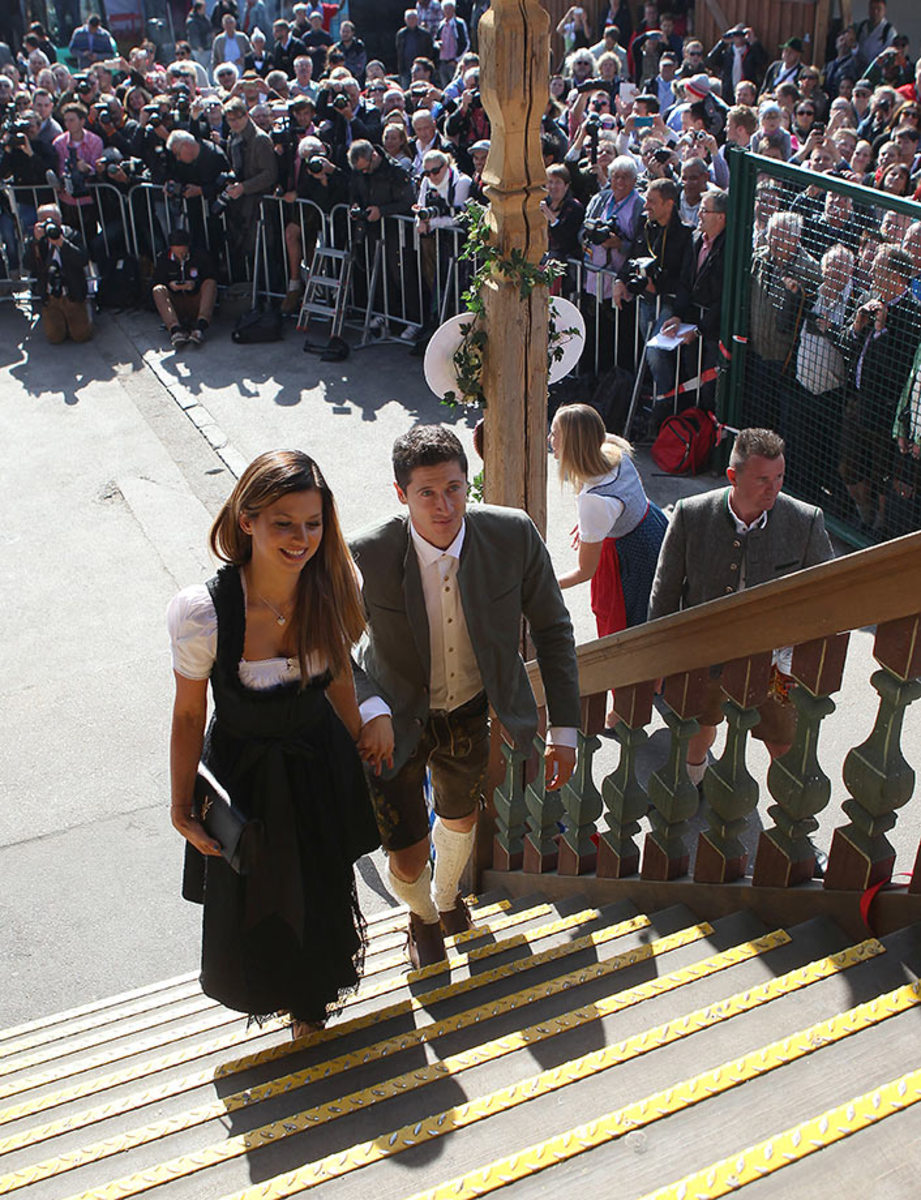
Robert Lewandowski and wife Anna
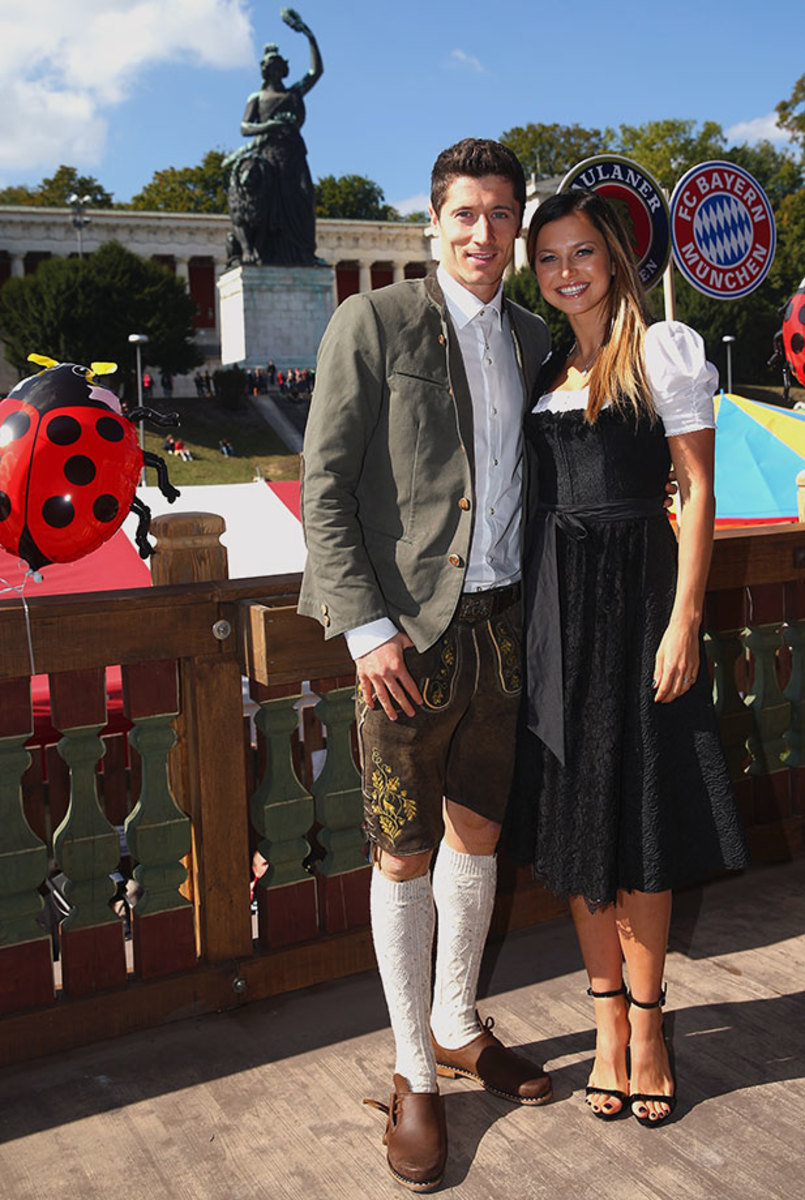
Robert Lewandowski and wife Anna
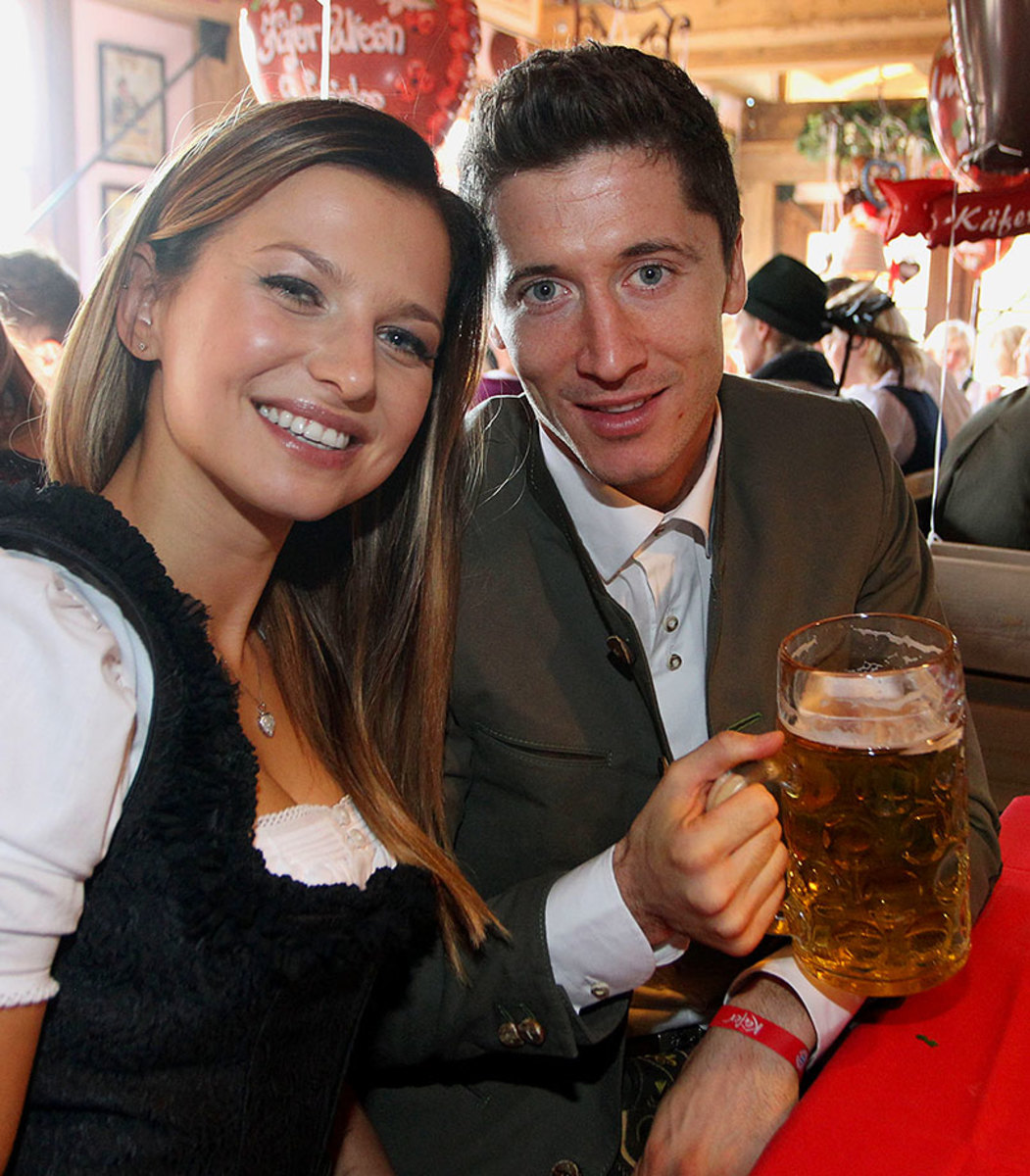
Robert Lewandowski and wife Anna

Thomas Müller and wife Lisa
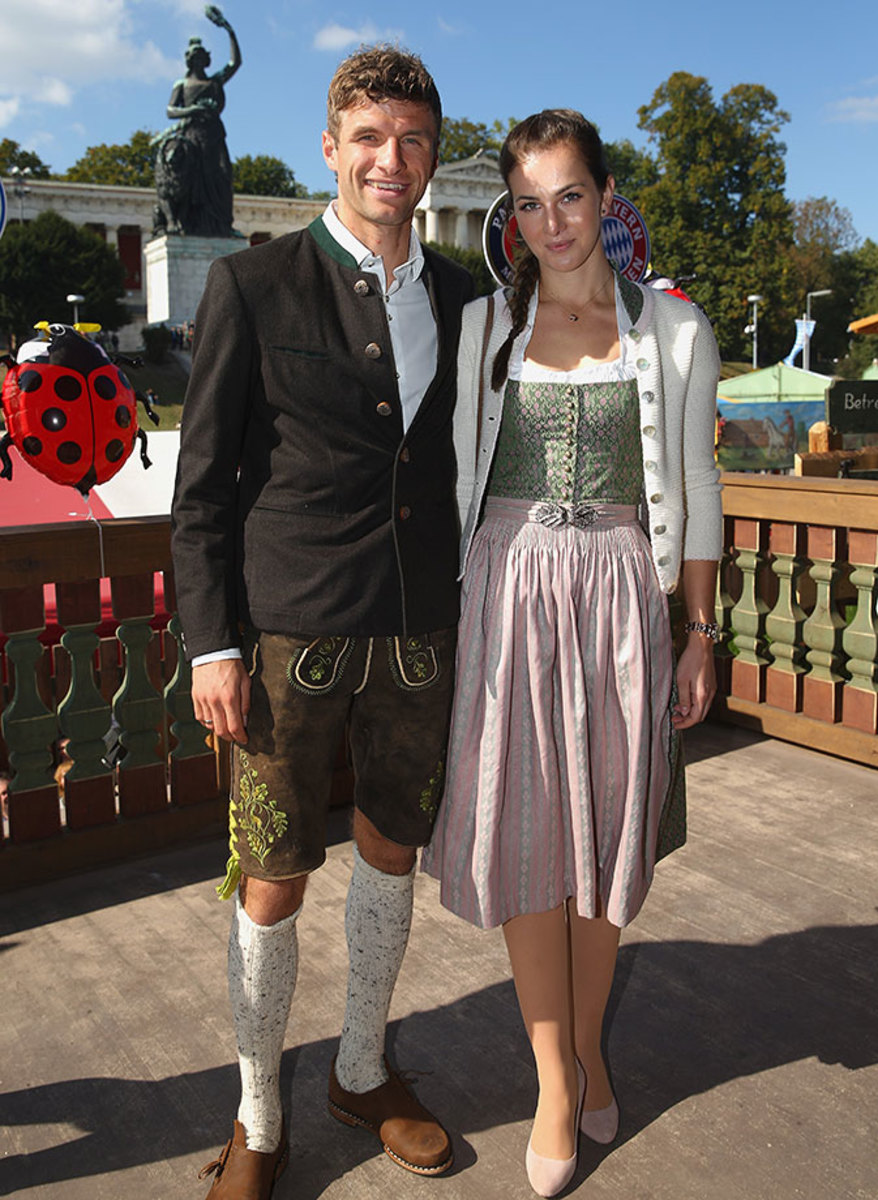
Thomas Müller and wife Lisa

Thomas Müller

Thomas Müller and wife Lisa
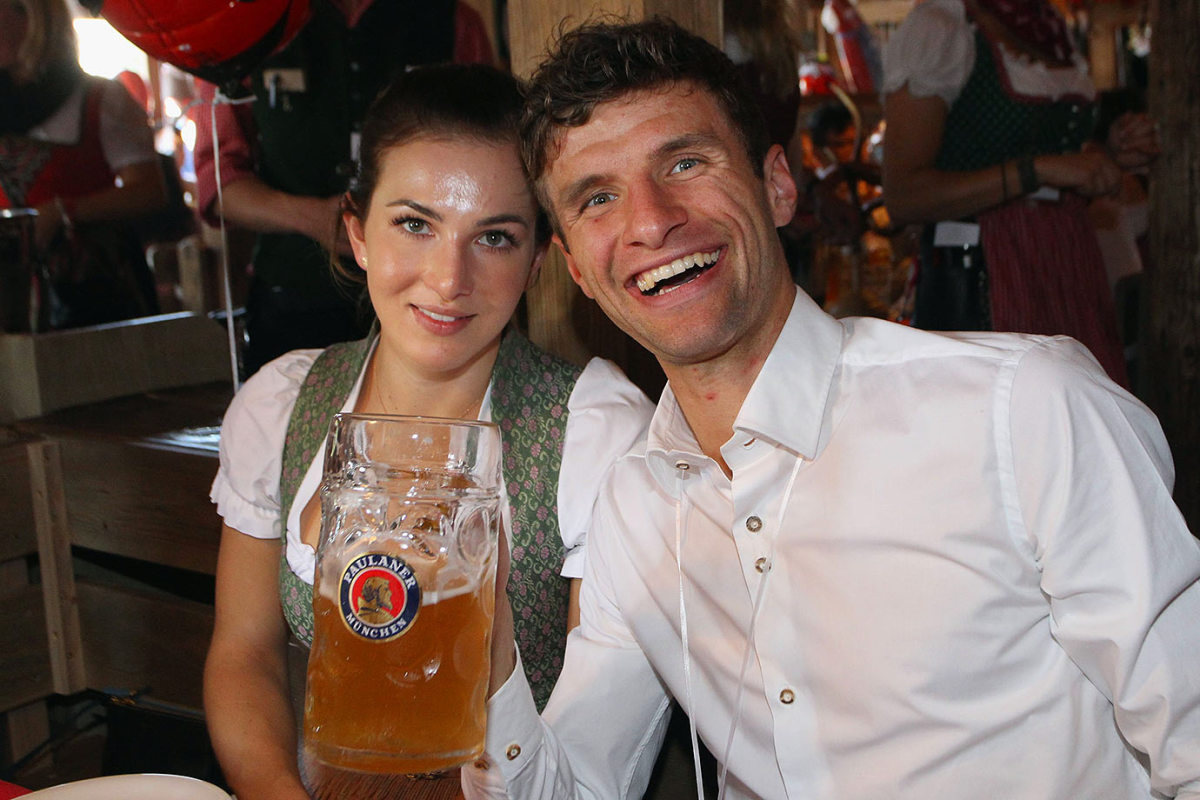
Xabi Alonso and wife Nagore

Xabi Alonso and wife Nagore
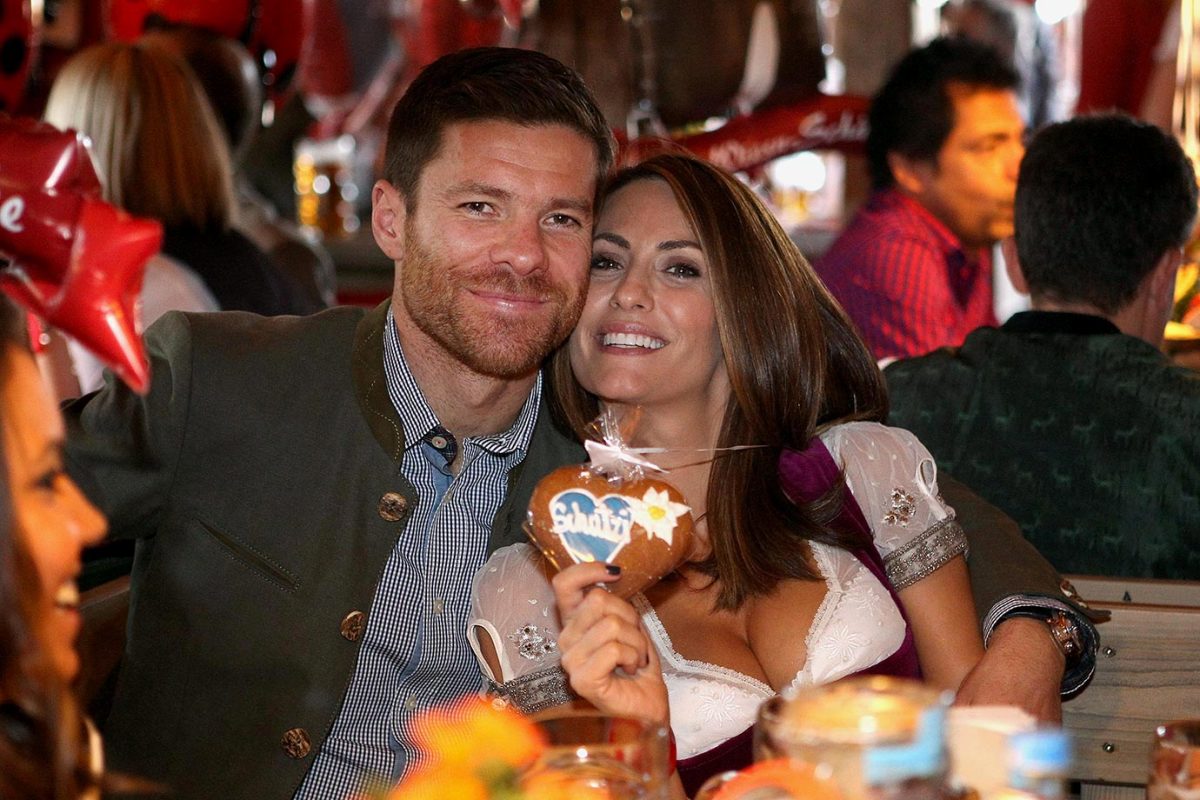
Mario Götze and Ann Kathrin Broemmel

Mario Götze and Ann Kathrin Broemmel
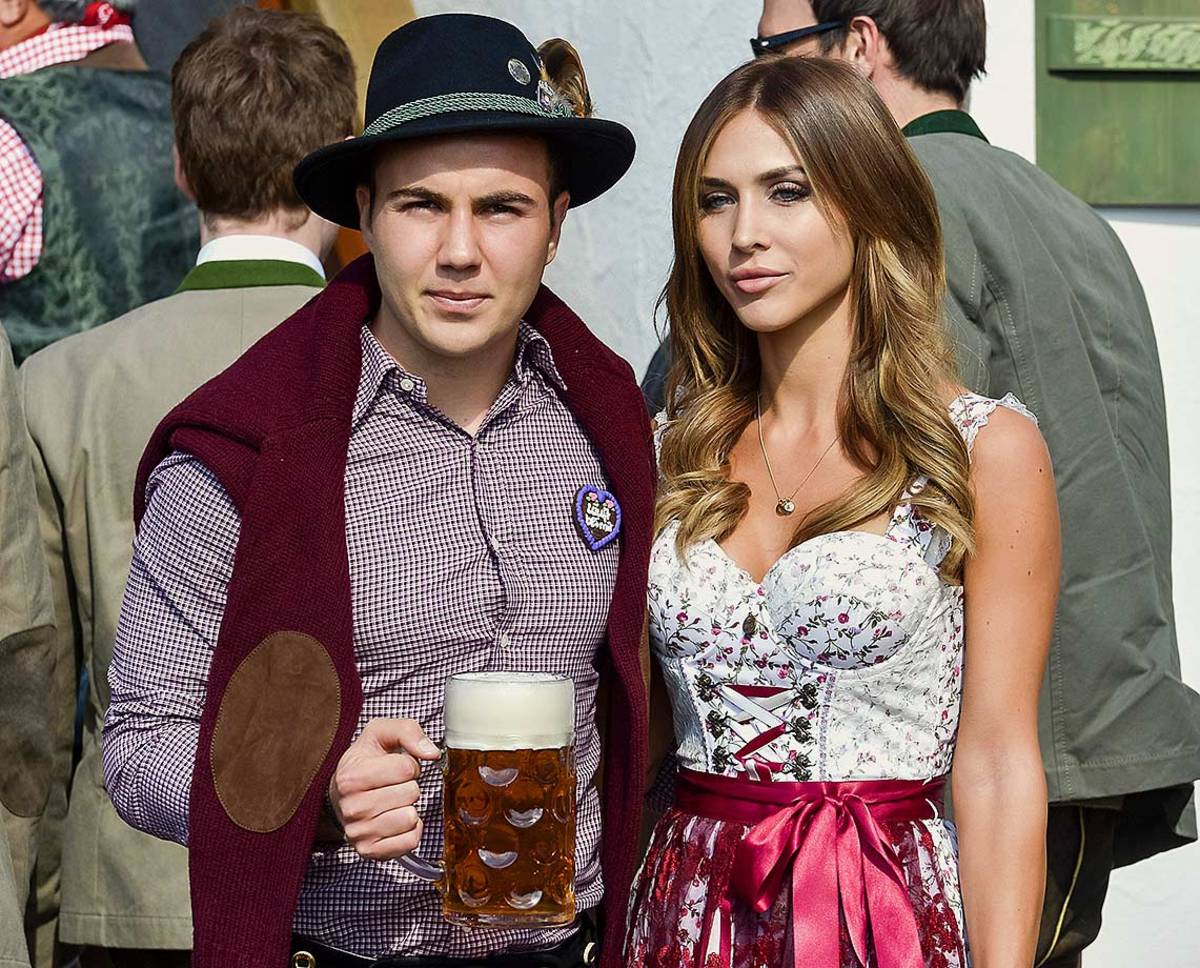
Thiago and Julia Vigas

Thiago and Julia Vigas

Rafinha and wife Carolina
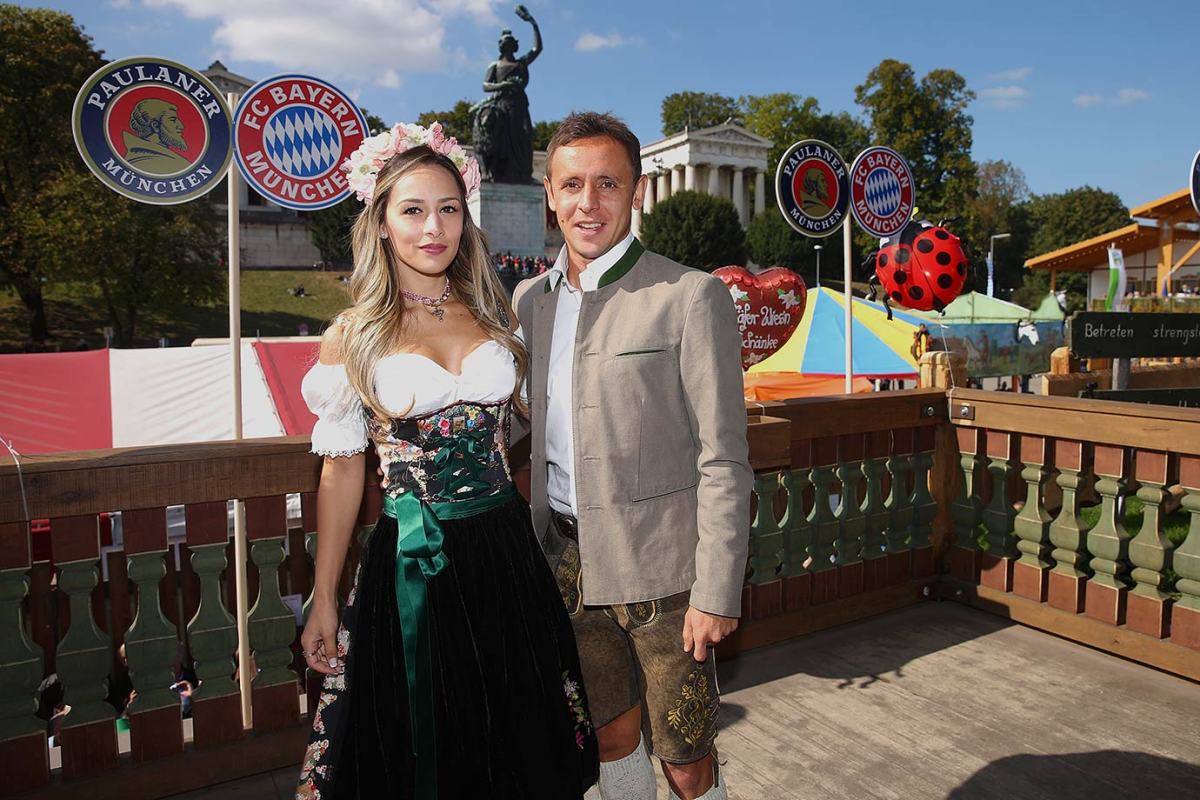
Arjen Robben, Arturo Vidal and Rafinha

Medhi Benatia, Franck Ribery, Jerome Boateng, Kingsley Coman and David Alaba

Thomas Müller

Douglas Costa

Douglas Costa

Juan Bernart and Javier Martinez

Juan Bernart

David Alaba and Katja Butylina
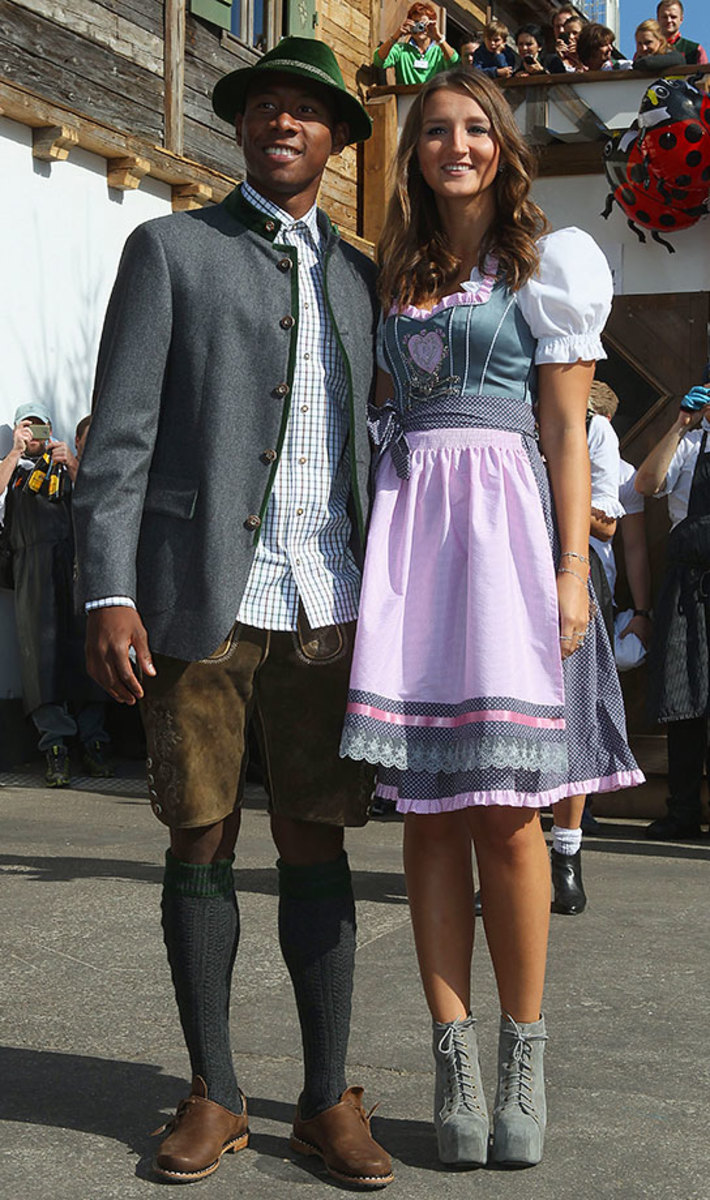
Arturo Vidal

Arturo Vidal
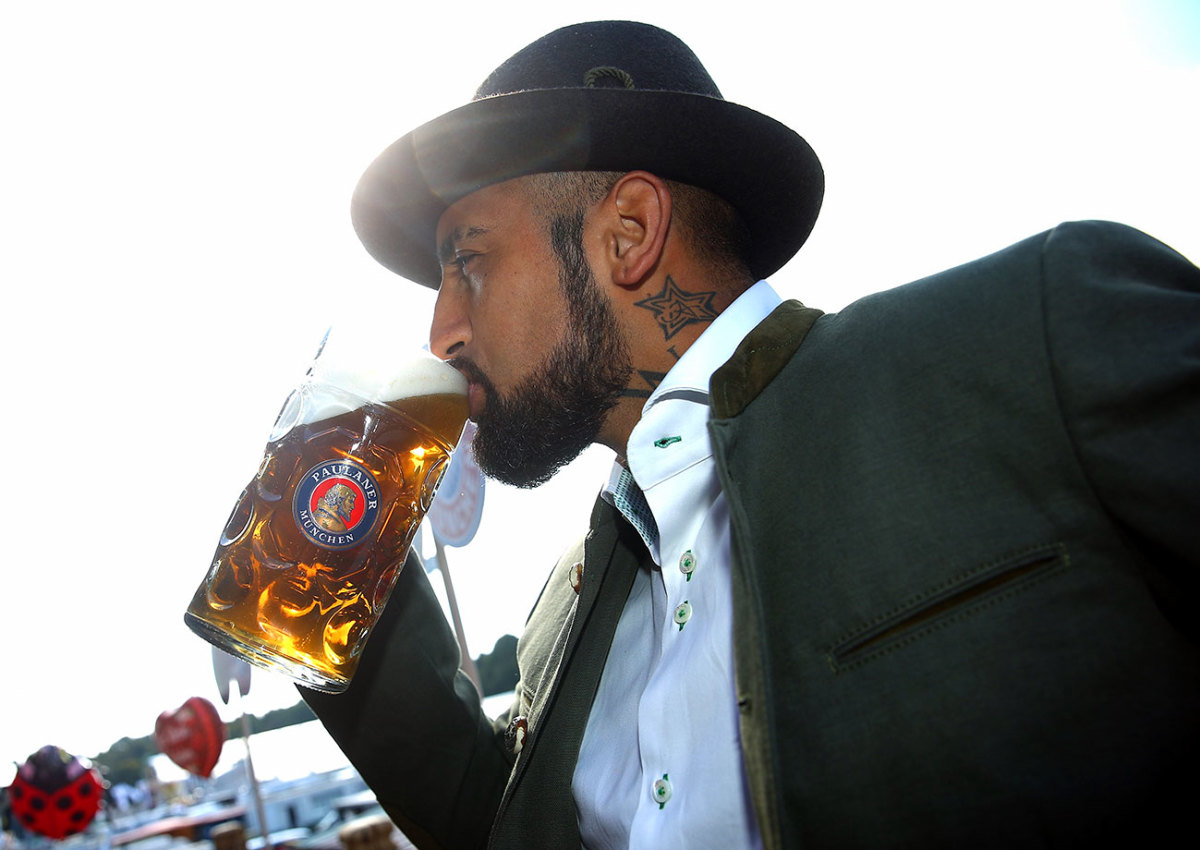
Arturo Vidal

Douglas Costa
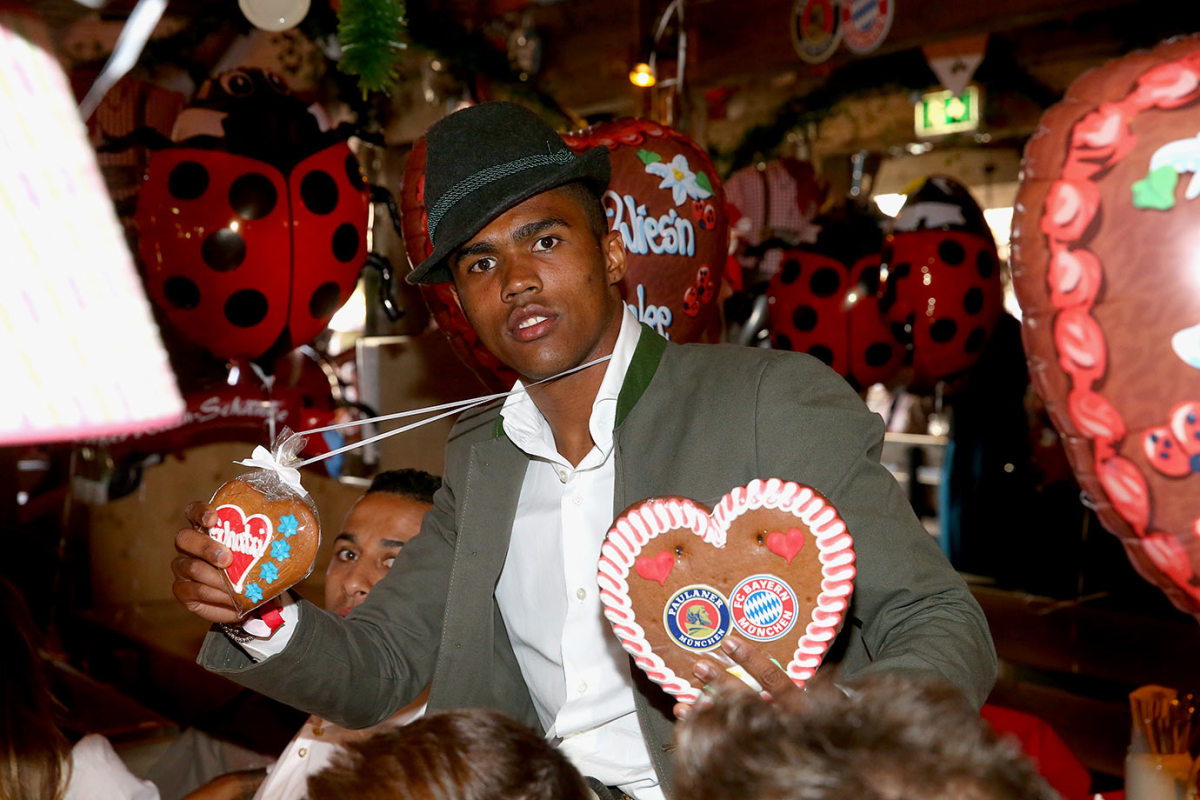
Douglas Costa

Philipp Lahm, wife Claudia and son Julian

Philipp Lahm, wife Claudia and son Julian

Kingsley Coman, Douglas Costa, Medhi Benatia and Franck Ribery

Team President Karl Hopfner and wife Anne
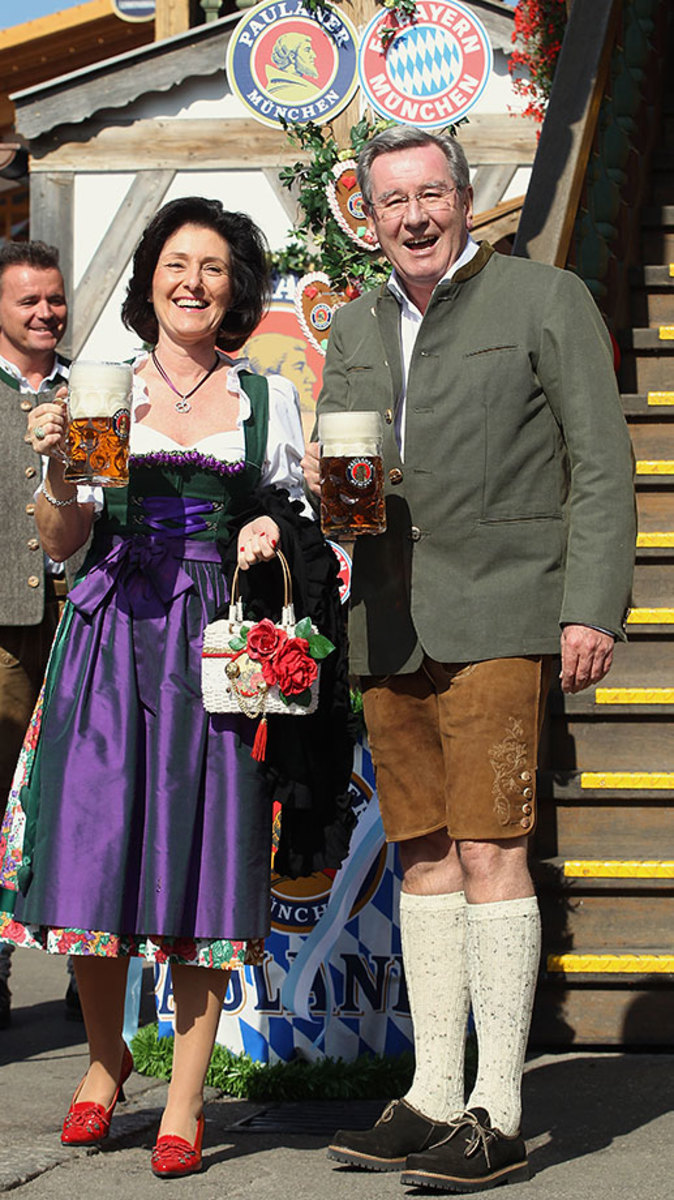
CEO Karl-Heinz Rummenigge

